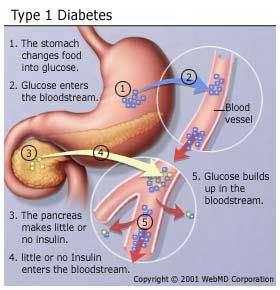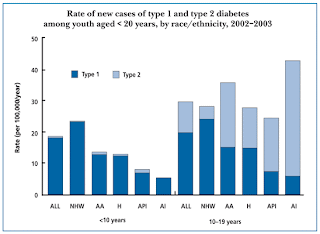*Systemic is use
*Lupus is Latin for wolf. It refers to the rash that extends across the bridge of the nose and upper cheekbones and was thought to resemble a wolf bite
*Erythematosus is from the Greek word for red and refers to the color of the rash
*chronic autoimmune connective tissue damage
*autoimmunity=production of antibodies against tissue of one's own body
*results in tissue damage and inflammation
normal person:
-white blood cells (WBC) mobilized to rid infections (eg viruses)
-WBC gathers & produces factors
-surrounding swells & healthy tissues injured
-immune system repairs wounds/clots
-healing process is stable, controlled and limits itself
SLE patient:
-overactive immune cells
-antigens induces formation of antibodies because immune system recognises it as a threat
-immune cells attacks antigens
-the interaction of immune cells and antigens causes antibodies to recognise a higher, stronger more persistent range, beyond the normal healthy
-the skin, joints, kidneys, brain, heart, lungs, and blood are affected
-also causeskidney disease, stroke, and premature cardiovascular disease in women of childbearing age
-might be passed down through inheritance
*Dermatological manifestations: butterfly rash, lesions on the skin, mouth, nasal, and vaginal ulcers
*Musculoskeletal manifestations: lupus arthritis, deformaties or joint/knee discomfort
*Hematological manifestations: anemia, low platelet and white blood cell count
*Pulmonary manifestations: shrinking lung syndrome, pulmonary hemorrhage
*Renal involvement: acute/chronic renal impairment
*Neuropsychiatric manifestations: seizures or psychosis*Systemic manifestations: fatigue, poor sleep, depression, poor physical fitness
Butterfly Rash
 __________________________________________________________________
__________________________________________________________________B)Causation of autoimmune type I diabetes mellitus (caused by own body)
*pancreas have beta-cells
*beta-cells are responsible for production of insulin
*insulin brings blood glucose levels down especially during hyperglycaemic conditions (blood pressure above 90mg/100ml of blood)
*beta-cells detect the changes in blood glucose
normal condition: beta-cells maintains homeostasis by secreting the hormone insulin into the bloodstream
patient with type I diabetes: autoimmunity occurs causing immune system to attack and destroy beta-cells
*autoimmunity occurs when there is an overproduction of antibodies or white blood cells over-recognising
*patients with type I diabetes, their beta-cells are affected and are unable to produce insulin, hence, are unable to lower blood glucose levels
*this is a permanent affair
*this affects glycolytic pathways by:
1.increasing glycogenesis (more glucose converts to glycogen due to excess)
2.increase conversion of glucose->fat (liver)
3.increase amino acid degradation
type 1 diabetes is due to absence of insulin (usually of inheritance-insulin injections into blood)
type 2 diabetes is due to insulin resistance (diet & medications to reduce prevalence/onset)
REFERENCES
http://www.medicinenet.com/systemic_lupus/article.htm
http://www.lupusny.org/lupus.php
http://health.howstuffworks.com/systemic-lupus-erythematosus-in-depth.htm/printable
http://en.wikipedia.org/wiki/Systemic_lupus_erythematosus#Abnormalities_in_apoptosis
http://en.wikipedia.org/wiki/Diabetes_mellitus_type_1#Prevention
http://en.wikipedia.org/wiki/Diabetes_type_2
http://en.wikipedia.org/wiki/Autoimmunity
By: Michelle














